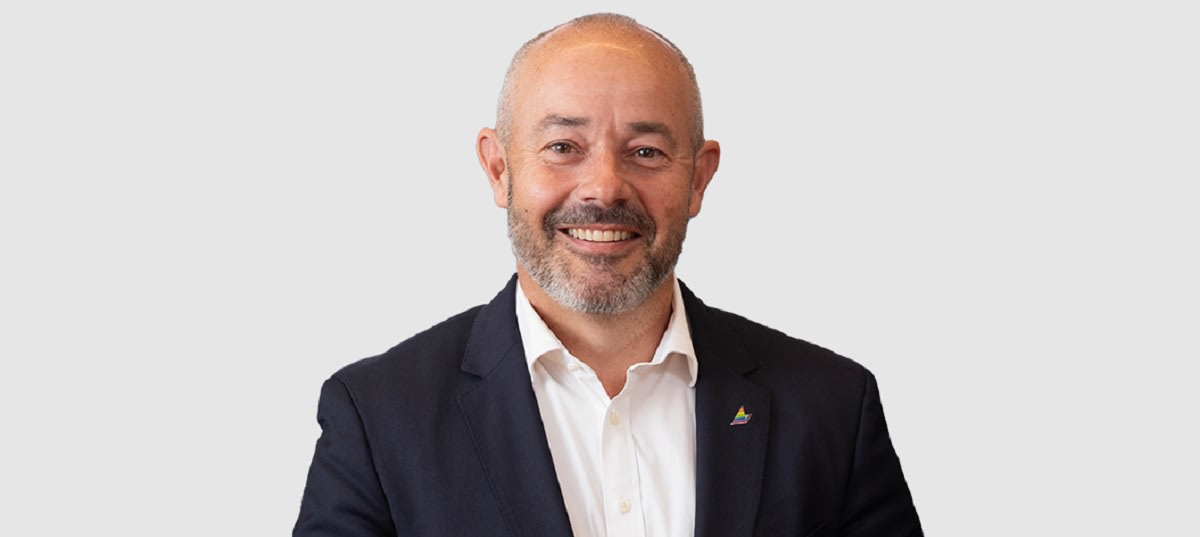
While the financial services group continued to grow its residential and SMSF loan originations in 1H24, motor finance and personal lending dropped markedly.
ASX-listed financial services company Liberty Financial Group has released its financial results for the six months ending December 2024 (1H25), revealing diverging trends in residential lending and motor and personal lending.
Total originations for the group increased slightly from $2.78 billion to $2.81 billion (+1 per cent), but were down 3 per cent from 1H24’s $2.90 billion. However, the group viewed the result as “materially consistent with five periods.”
New lending growth was largely driven by residential loan originations, which increased from $1.53 billion to $1.70 billion over the period, up 13 per cent year on year (from $1.51 billion). According to Liberty, this growth was supported by a “stable interest rate environment.” However, overall portfolio growth was impacted by “persistently high discharges,” leaving the residential portfolio “relatively stable at $7.95 billion” (up from $7.87 billion in 1H24, but slightly down from $7.98 billion in 2H24).
Meanwhile, Liberty’s secured lending (including vehicle finance and commercial property finance) saw originations fall from $1.12 billion in 1H24 to $874 million in 1H25, a 22 per cent year-on-year drop and an 11 per cent decline from 2H24’s $985 million.
The group attributed this to “price-based competition” in auto lending, which “reduced the opportunities for quality asset origination.” Despite this, the secured lending arm experienced continued growth in SME and SMSF lending.
Speaking to The Adviser, Liberty CEO James Boyle said: “It’s really very much a story about auto lending. We’ve seen rampant price-based competition in the motor lending space, lots of non-bank participants and that’s really got to a stage where it’s difficult to maintain a proposition that makes it through a filter of ‘good for customer, responsible, good for lender’. It just feels a lot like, either consciously or otherwise, lenders are sort of trying to nab market share now based on maybe hopeful cost savings later, or something along those lines.”
nMB brokers to receive new tech this year
Similarly, originations from the financial services segment – which includes Liberty’s SME lending arm, personal lender MoneyPlace, insurance brand ALI Group, broker aggregation groups Liberty Network Services and national mortgage brokers (nMB), and New Zealand-based brokerage Mike Pero Mortgages – dropped 12 per cent year on year to $241 million (from $274 million) and were down 8 per cent from the prior period.
Liberty said this reflected a “more challenging consumer environment,” particularly in personal lending.
However, the group said it is continuing to invest in financial services segment, particularly in its digital experiences and will soon be expanding access to its updated proprietary broker software Spark.
The new system aims to provide brokers with a more streamlined and efficient platform. nMB brokers will be on the updated system “before the end of this financial year,” Boyle told The Adviser, saying: “Hopefully, this allows them to consolidate product searches and application capture, application submission, auto APIs into NextGen.Net… everything a broker needs to do all in one place.”
Discussing the diverging segment performance, Boyle said: “Our view is we’re getting much more rational competition in markets where banks are present and less rational, price-based competition in markets where banks [are] less present. We’re across the spectrum. I think this result demonstrates our ability to navigate that reality, because we were able to achieve portfolio growth and stable margin,” which he suggested may be a “standout” among non-bank peers.
Loan portfolio on the up, rate cuts ‘net positive’ for non-banks
Despite the challenges, Liberty’s total loan portfolio increased 6 per cent year on year, rising from $14.02 billion to $14.8 billion, and was up 1 per cent from $14.63 billion in the June half. Boyle described the 1H25 results as “exceptional” given the competitive market. “In summary, that resulted in relatively stable residential portfolio at $7.95 billion, continued growth in the secured lending portfolio, off the back of strong SME and SMSF originations, to $5.8 billion; up from $5.7 billion [in the prior six months and up $450 million from 1H24].”
“Similarly, we continue to drive growth in our financial services portfolio, which is now $915 million [up from $759 million in 1H24 and $866 million in 2H24]. And all of these result in a group [portfolio] increase from $14.6 to $14.8 billion over the half,” Boyle said.
Looking ahead, Boyle expects lending to continue growing as borrower confidence improves amid the rate-easing cycle.
With the central bank cutting the cash rate by 25 bps to 4.1 per cent last week (which Liberty has committed to passing onto borrowers), he said: “We’ve said, consistently, that a rate-reducing environment is a better outcome for non-banks than a rate-increasing environment, as it has been for much of our journey as a public company. So we believe this change is positive for us and that we should be able to continue to drive the portfolio growth that we’ve delivered today. But we’d add that it was not easily achieved, as other non-banks ramped up their price competition and customer discharges continue to be active and volatile.
“I think with one rate cut done and probably a pause, some people will be more confident to go and shop and look to change their home lending or their home. So, I would say that that’s definitely a net stimulus for the market. But, simultaneously, we’re still in a place where APRA is maintaining a very conservative view on the financial system and restricting banks’ ability to help customers who might be wanting to act now.
“So those observations suggest that, for the non-bank cohort, the next half should have more opportunity for us to help borrowers who fall on the edge of, or outside, the banks’ mainstream; customers that are wanting to move now on the basis that they expect more interest rates to come.”
Liberty also reported a return to profit growth, with a 14 per cent increase in underlying net profit after tax and amortisation to $71.4 million for the six months ending 31 December 2024, compared to the six months ending 30 June 2024.
[Related: Broker channel supporting Liberty’s diversified growth]
 Login
Login











JOIN THE DISCUSSION